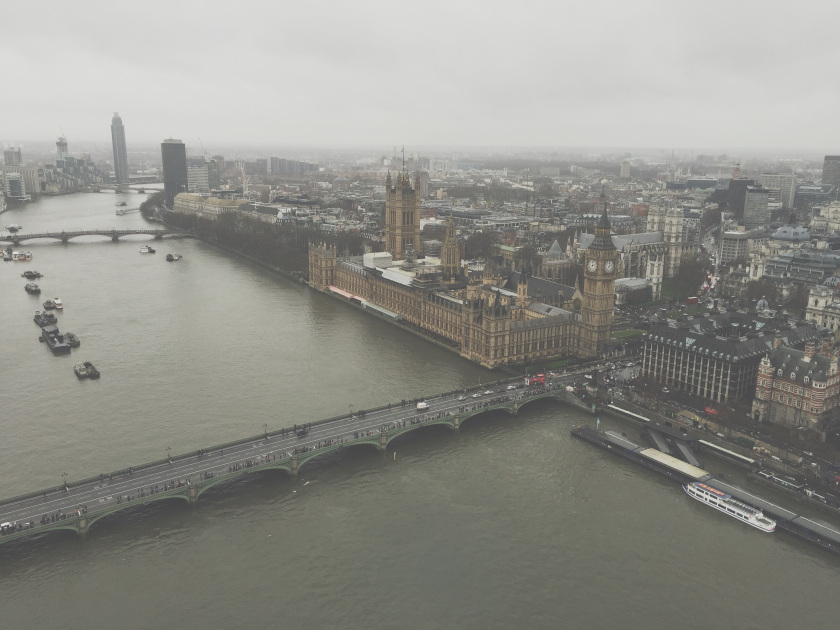-

Community Transport and Ultra Low Emission Zones in London
-
6th December 2016
-
In our latest blog we look at Transport for London’s Proposals to introduce an extended Ultra Low Emission Zone. In this blog we outline the proposals, the potential impact on community transport operators and how you can respond to the consultation.
The Mayor of London, Sadiq Khan, has announced plans to undertake further consultation on the implementation of an Emissions Surcharge, and ideas for improving the Ultra Low Emissions Zones. In this consultation Khan is seeking to get feedback on four main areas of work:
- Introduce an Emission Surcharge in 2017, for the older, more polluting vehicles driving into and within central London
- Bringing forward the introduction of the ULEZ to 2019, instead of 2020
- Extending the ULEZ from Central London to Londonwide for heavy vehicles (heavy goods vehicles (HGVs), buses and coaches), as early as 2019, but possibly later; and
- Extending the ULEZ from Central London up to the North and South Circular roads for all vehicles, as early as 2019, but possibly later.
The goal of these measures is to tackle vehicle pollution in London. This is because of the negative public health impacts of pollution on London’s residents. The first step in addressing this public health issue is the introduction of an Emission Surcharge
The impact of the Emission Surcharge would be that:
- All vehicles subject to the daily £11.50 Congestion Charge that do not meet Euro 4 standard would qualify for an additional daily £10 Emission Surcharge, meaning a total payment of £21.50
- All vehicles that qualify for a ‘nine or more seats’ 100% Congestion Charge discounts (e.g minibuses, coaches) and do not meet the Euro 4 standard would be subject to a daily £10 Emission Surcharge
- If the vehicle is subject to the low emission zone charge the emission surcharge would be paid in addition to this.
There are a number of exemptions to the charge which Transport For London have summarised into a helpful table:

The Emission Zone would be enacted in the area currently covered by the congestion charge
Ultra Low Emission Zone
An Ultra-Low Emission Zone is due to come into effect in central London in 2020 (although this consultation considers whether this should be brought forward to 2019. The table below illustrates the proposed charge in different areas of London

The Emission Surcharge would be an initial stepping stone for the introduction of the Ultra Low Emission Zone. It is hoped that if the scheme was introduced in 2019 it could lead to a 25% reduction in certain air pollutants.
Impact on Community Transport
There are a number of potential impacts on community transport. We believe that it is important Londoners are able to enjoy a good quality of life and air quality plays an important part of that. It is also clear that these measures could make an important step in encouraging the development of more environmentally friendly modes of transport. Although only at consultation stage impacts could include:
-It may become uneconomical for community transport operators under Section 19 Permits to run day trips for users through Central London.
-The cost of upgrading vehicles to new emission standards could be prohibitively expensive. The more weighty environmentally friendly vehicle adaptations could also have an impact on licensing regulations.
-The cost could lead to some organisations choosing to operate car clubs rather than buses, which may mean more vehicles on the road. It could even mean some services users choose to use their own vehicle due to a reduced community transport provision.A Potential Solution
Community Transport plays a vital role in moving people toward communal transport, reducing numbers of vehicles on the road whilst allowing people to live a good quality of life. Community transport does not seek to make a profit nor usually has the reserves to upgrade a number of vehicles to the new standards. One measure that would alleviate this would be to introduce an exemption to the charge for operators who provide transport on a voluntary not-for-profit basis under a Section 19 or Section 22 Permit as laid out in the organisations charitable objectives.
Get Involved
The consultation on proposed changes closes on 18th December. You can find out more information and respond here:
https://consultations.tfl.gov.uk/environment/air-quality-consultation-phase-2/
-
-
- About CTA
- /
- CTA Membership
- /
- CTWeek24
- /
- Policy & Research
- CommunitySolutions: A Manifesto for the Next UK General Election
- Our Campaigning Guide for Community Transport
- Our Policy Work
- Mapping England Report
- Join Our Mapping England Passenger Survey
- Aneurin Bevan Transport to Health
- Climate Action in Scotland
- conneCTing England Programme
- Mapping Scotland Project
- Mapping Wales
- Tackling Loneliness in England
- Healthy Communities in Scotland
- /
- Advice & Support
- /
- Training
- /
- Events
- /

